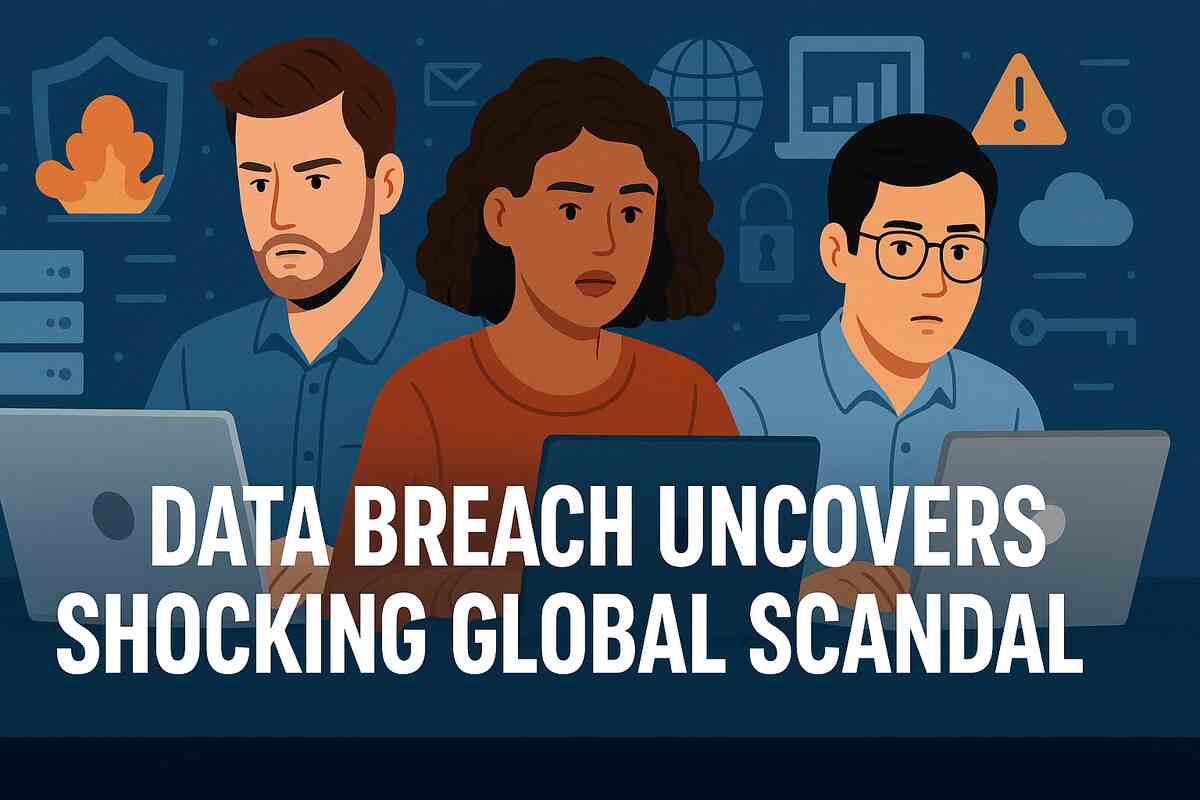Physical Address
304 North Cardinal St.
Dorchester Center, MA 02124
Physical Address
304 North Cardinal St.
Dorchester Center, MA 02124

In an era where information is currency, the recent data breach that exposed sensitive information from multiple governments, corporations, and NGOs has sent shockwaves across the world. With over 3.2 billion records compromised—including emails, passwords, passport scans, and confidential communications—the incident is being hailed as one of the most significant data leaks in digital history.
For digital nomads, freelancers, and everyday citizens, the breach isn’t just a news headline. It’s a wake-up call about the fragility of digital trust. The implications stretch far beyond IT departments, affecting geopolitics, corporate reputations, personal privacy, and even civil liberties.
This article unpacks the anatomy of the breach, its fallout, and what it reveals about our global dependence on flawed systems.
According to Cybersecurity Ventures, the average cost of a data breach in 2023 reached $4.45 million. This latest incident is expected to surpass $15 billion in economic and legal fallout.

Cybersecurity experts suspect that the attack was not the result of one flaw but a coordinated campaign exploiting multiple zero-day vulnerabilities.
The complexity of the operation has led investigators to believe it was orchestrated by a state-backed group—though attribution remains unconfirmed.
The breach spared no one. From superpowers to startups, the list of victims reads like a global directory.
Millions of freelancers using platforms like Fiverr, Upwork, and GitHub also saw profile data and payment info exposed.

This event underscores that data breaches are not just IT issues—they are social and economic events with broad consequences.

The scandal has triggered a new wave of cybersecurity legislation and technological innovation.
According to the World Economic Forum, resilience in digital systems is now a critical indicator of economic stability.
Freelancers are uniquely vulnerable because:
Vigilance is no longer optional—it’s operational.
| Platform | Type | Exposure |
|---|---|---|
| GitHub | Code hosting | Developer emails and commit histories |
| Trello | Project management | Board data and login sessions |
| Fiverr/Upwork | Freelance marketplaces | Payment and profile info |
| Google Drive | Cloud storage | Unauthorized file access logs |
| Notion | Productivity | API tokens and workspace links |
Users should rotate credentials and monitor accounts for suspicious activity.
This data breach wasn’t a singular failure—it was a systemic revelation. It showed the interconnectedness of digital systems and the extent to which even well-guarded entities are exposed.
From outdated infrastructure and lax access controls to reliance on third-party services, the scandal highlighted the flaws that threaten digital trust.
The world must respond not just with firewalls, but with culture change, regulatory teeth, and user empowerment.
The recent data breach uncovered more than records—it exposed a structural weakness in how the world handles information. For freelancers, businesses, and governments alike, the lesson is clear: digital safety is foundational.
Data breaches are not distant events—they are global crises that touch every keyboard. As we continue to digitize, the price of complacency will only rise. But with awareness, the right tools, and structural reform, this scandal can become the turning point toward a more secure digital future.